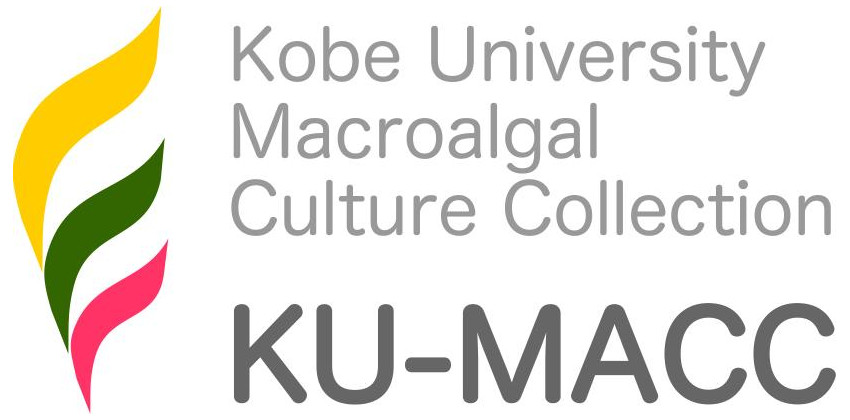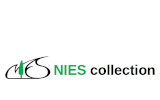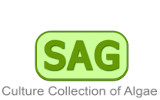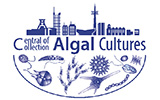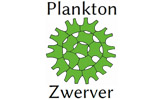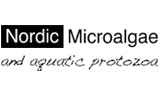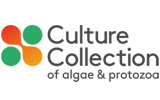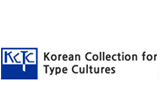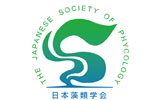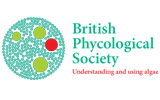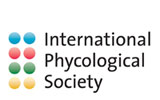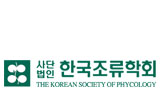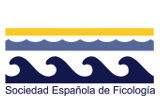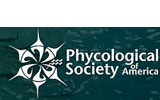Nitella wahlbergiana Wallman 1853
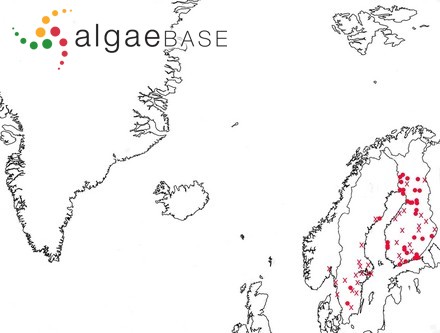
Current name:
Nitella wahlbergiana Wallman
Known distribution; crosses are finds prior to 1970. - 01 January 0001. Anders Langangen (langangen@hotmail.com)
Publication Details
Nitella wahlbergiana Wallman 1853: preprint 26 [254 journal], no fig.
Published in: Wallman, J. (1853). Försök till en systematisk uppställning af växtfamiljen Characeae. pp. 1-103. Stockholm: P.A. Norstedt & Söner.
Publication date: 1853
Type Species
The type species (lectotype) of the genus Nitella is Nitella opaca (C.Agardh ex Bruzelius) C.Agardh.
Status of Name
This name is of an entity that is currently accepted taxonomically.
Type Information
Notes: Precise location is not given, only "Sverige: Østergøthland vid Vist".
Eponomy
Wallman writes (p. 255): I have named this beautiful alga after one of my earlier teachers, ingenieur and honoured zoologist J.Wahlberg , and also his older brother, secretary of K.Akademien
General Environment
This is a freshwatermarine species.
Description
The plants are up to 10 cm high and green. The axis is less than 0.5 mm in diameter. The branchlets are divided two or three times, the secondary rays are much shorter than other rays, and this give the whorls a characteristic, condensed appearance, like heads. The dactyls are 2 or 3 –celled and the end-cells are usually mucronate. The species is monoecious. The gametangia are commonly numerous and most often they are at the second furcation of the branchlets. The oospore is black and has prominent ridges and a granulate membrane.
Habitat
Nitella wahlbergiana is mainly found in fresh water, often in Lobelia-lakes but also in mesotrophic lakes and rivers. A few records are from brackish water, especially near river-outlets, as with the Norwegian locality. The species is found down to 2 m depth.
The species is annual, and is normally found from July to October, both in Sweden and Finland.
Key Characteristics
Secondary rays are much shorter than other ray
Similar Species
Nitella mucronata
Created: 20 November 2003 by M.D. Guiry.
Last updated: 22 January 2025
Verification of Data
Users are responsible for verifying the accuracy of information before use, as noted on the website Content page.
Taxonomic note
Nitella wahlbergiana was described by Wallman in 1853 and has later not always been accepted as a species, but only as a form of N. mucronata (Migula 1897, Olsen 1944, Corillion 1957, Langangen 1974, Krause 1997). In Hasslow (1931) and Langangen et al. (2002) it is recognised as a species.
Some arguments for this are: Habitually N. wahlbergiana has many similarities with N. mucronata, but it is thinner and smaller, and has short secondary rays.
The best argument was given by Ray et al. (2001) who by help of SEM microscopy found that the oospore membrane is granulate, and as this character separate species within the genus Nitella, its rank was given. This character puts N. wahlbergiana closer to the N. gracilis group of species than to N. mucronata.
- (21 September 2009) - M.D. Guiry
Distributional note
"Nitella wahlbergiana is a North Eurasian species distributed from Fennoscandia, where most records (Langangen, 2007) to the north of Far East (Chemeris et al., 2020). In Russia, N. wahlbergiana has a scattered distribution from the Republic of Karelia to Vladimir Oblast in the European part and from the centre of Krasnoyarsk Krai (Yenisseisk) to Southern Siberia, Magadan Oblast and Chukotka in Asian Russia (Blindow and Koistinen, 2004; Romanov, 2017; Romanov et al., 2018; Chemeris et al., 2020, Vishnyakov et al., 2021; Romanov et al., 2022; R. Romanov unpubl. data, H!, KEM!, LE!, IBIW!). The few localities known for Russia seem to be the result of undercollecting. Its presence in North America should be checked." (Romanov & al. 2024). - (21 September 2009) - M.D. Guiry
Conservational note
"Nitella wahlbergiana is assessed as LC (Least Concern) in the European Red List (see Chap. 9). There are probably few threats to this species, except for eutrophication (Langangen, 2007). The possible negative effects of acidification and brownification (Increased influx of humic substances to lakes) are not evaluated." (Romanov & al. 2024). - (22 January 2025) - M.D. Guiry
Linking to this page: https://www.algaebase.org/search/species/detail/?species_id=61923
Citing AlgaeBase
Cite this record as:
M.D. Guiry in Guiry, M.D. & Guiry, G.M. 22 January 2025. AlgaeBase. World-wide electronic publication, National University of Ireland, Galway. https://www.algaebase.org; searched on 25 May 2025
 Request PDF
Request PDF